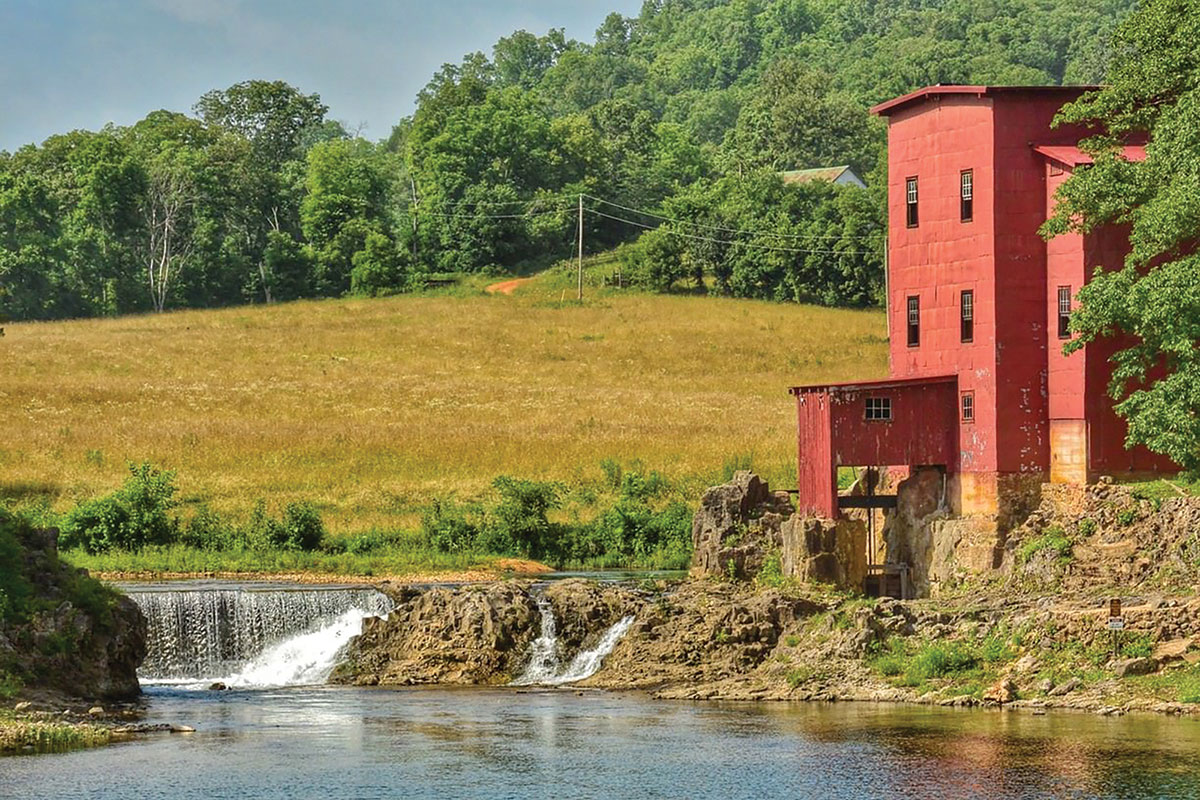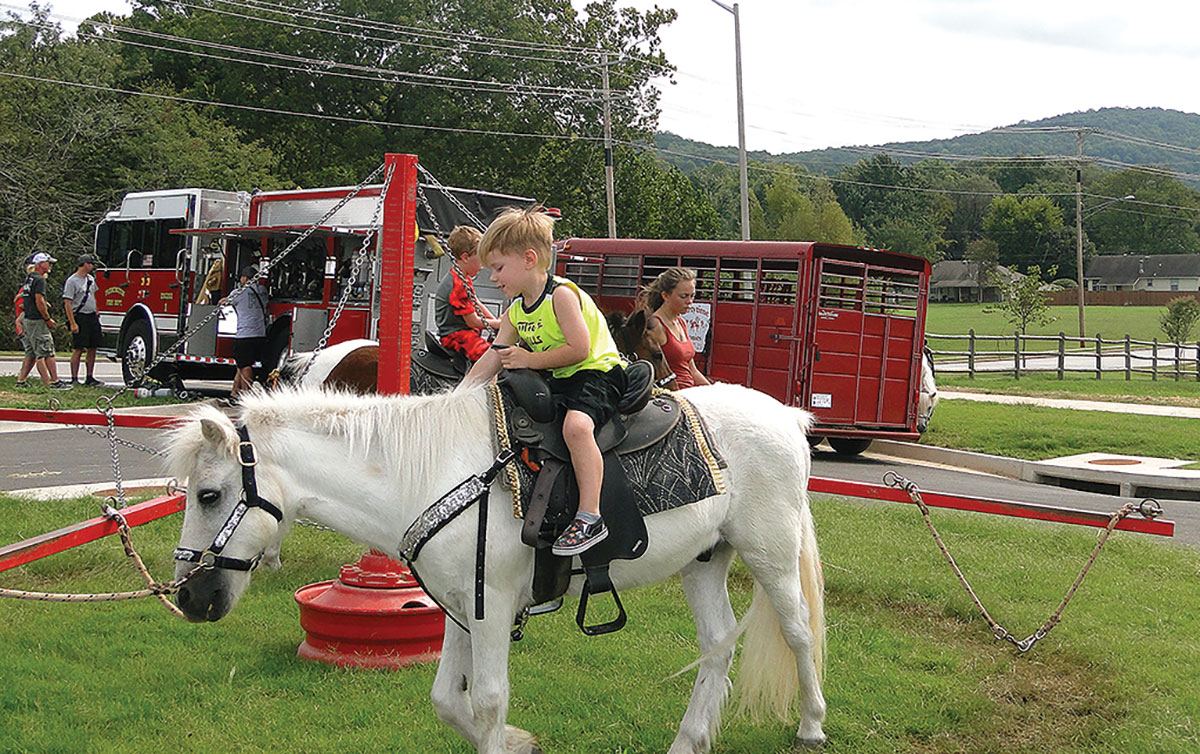
The Dillard Mill stands as a reminder of days gone by
In 1902, there were about 250 mills in Missouri.
Today, the state of Missouri and the federal government own a collection of four restored, water-powered gristmills, which are open to the public and offer visitors a chance to see the workings of the past. We are fortunate to have these grist mills to remind us of our history and how our ancestors survived and thrived. The Dillard Mill is near Cuba, Mo. Farmers from the surrounding hills and valleys brought their grain to be ground at the mill after a hard battle to grow it.
The Dillard Mill sits along Huzzah Creek, one of the clear-flowing Ozarks streams. Water flows over a rock dam, creating a scenic view. There are many tall oak trees casting their shadows on the water. However, it was not the first mill there.
The first mill on this site was Wisdom’s Mill and was constructed in the 1850s. Many changes came to the area, especially from 1881 to 1889 when brothers, James and Joseph Dillard Cottrell owned the mill. A small community called Dillard grew there, with a post office starting in 1887.
The mill burned in 1895. Emil Mischke, an emigrant from Poland, purchased the property in 1900. He salvaged some of the hand-hewn timbers and built a 30-foot-by 40-foot structure called the Dillard Mill. The new, modernized mill was finished in 1908 using plans, which followed the Cornelius Mill Furnishing Co., of St. Louis. He installed steel roller mills and introduced a turbine to power the mill.
Mary Mischke, Emil’s sister, became his partner in the milling enterprise and together, they made the mill a success. However, in 1917, Mary sold her portion back to Emil. He worked alone for several years, but about 10 years later, the 66-year-old Mischke sent for a mail-order bride. Failing to adjust to life in the rugged Ozarks, she convinced him to sell the mill and move to California.
In 1930, Lester Klemme became owner of the mill. He milled livestock feed and flour, and started Klemme’s Old Mill Lodge, where one could spend the night in one of the cabins he built and eat with the family for only $7 a day. He took advantage of the inspiring landscape and allowed people to fish or swim in the mill pond. When mining became more important to the economy of the area than farming the mill shut down. Klemme operated the lodge until the 1960s. In 1974, the Missouri Department of Natural Resources began operating it as a state historic site.
Two of the three steel roller mills were donated for scrap metal during World War II. With this exception, the restored mill contains most of its original machinery. Two roller mills similar to the ones donated have been located and installed, taking the mill back to the early specifications.
One may schedule a tour of the mill and see the machinery operate as it did years ago, grinding grain into flour. The water mill is replaced by belts and rollers, with their unique sound replacing water gushing over the dam outside the mill. The stark reality about the romance of grinding grain hits when you think of fingers lost in the belts, maybe even arms, and lung disease from the dust. Milling was labor intensive. However, mills were much needed. They sure beat two rocks. It is a picturesque site and a place to remember our heritage.
There is a picnic area with a shelter house, tables, grill, rest room facilities and playground. This is called the day-use parking lot. The hiking trail is behind the picnic area and provides a view of the mill across the creek and a perfect location to take pictures of the scenic view. The trail to the mill passes through the information kiosk along a path for 35 feet, with a 9.8-degree slope.






